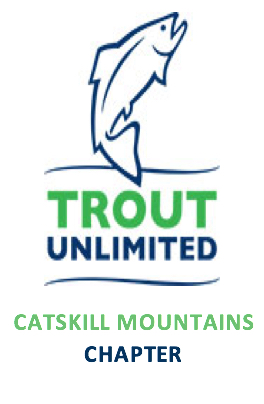October Meeting will begin at 6:45 PM in the Lodge. Currently, I am still traveling for TU business but will be back in time for the meeting. The speaker from NYC DEP unfortunately has to decline presenting. They are scheduled to do electro shocking the Lower Esopus Creek in respect to requirements of the SEIS. We will have a business meeting. Updates on the potential sale of the Taghanic property in Columbia County.
I will present information on recent actions with regard to Microbeads in NY. This has become an issue in NY more specifically with the Great Lakes which NY has two, Lake Ontario and Lake Erie but also around the state in water and sewage plants. The NY AG has engaged an Environmental Bureau section to handle this future piece of legislation to be forthcoming in Albany. Microbeads have become a cause worth battling because of the detriment to the environment and water resources.
For years people have worried about the environmental impacts from plastics left behind in the oceans and Great Lakes. Recently, attention has turned to the Great Lakes and small plastic particles and microbeads that have been found there. Some plastic particles result from the breakdown of larger plastic items, but others are small plastic spheres known as microbeads. These minute plastic beads are typically used as scrubbing agents or exfoliants in personal care products. They are often brightly colored and can be seen suspended in the body washes, facial scrubs and toothpastes that contain them. As these products are used by consumers, microbeads are rinsed off and go directly down the drain with water that eventually makes its way to waste water treatment plants. Although some of the particles are captured through treatment, many are not and sewage treatment overflows can also dump these microbeads directly into the ecosystem. Although harmless in appearance, microbeads have the potential to cause environmental damage. Some of the microbeads are about the size of certain fish eggs, so these small plastic particles can be ingested by Great Lakes fish and other aquatic organisms.
Donate to CMTU
Conservation
Fly Tying
Gear / Guides
Local Info
Techniques
Travel Info
Trout Unlimited

